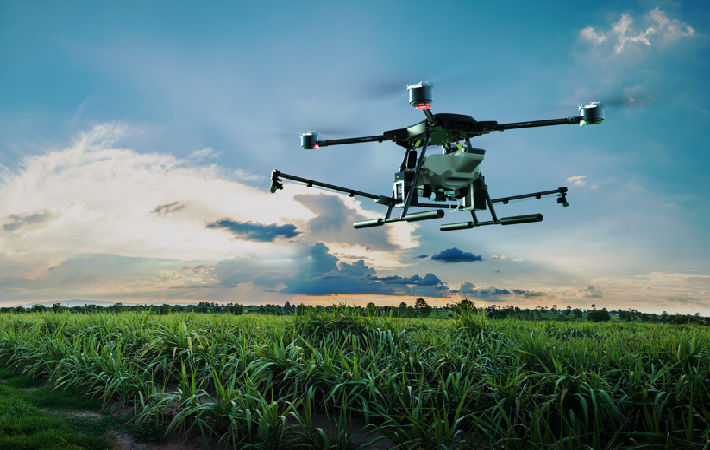
The multi-rotor Tiger drones typically carry spraying equipment and can also carry high definition cameras that provide a wide range of field information. Farmers can measure land profiles, identify any problem plants or areas and manage their cultivation in the most efficient way. The 420 mm square shaped fuselage cover protects the drone's electronic controls and forms an aerodynamic fairing between the central fuselage and the craft's 4 rotor arms.
The Cobra design and development team selected a composite laminate of glass fibre reinforcements for the cover – which don't interfere with GPS signals used by the drone - and combined these with epoxy laminating resins in a hand laminated, vacuum bag consolidated production process.
Cobra also designed all of the mould tools for the project. The 2-piece aluminium mould was produced by one of Cobra's long-term tooling partners. The metallic tooling provides an excellent surface finish to the part with absolutely minimal trimming and finishing required. Moulded parts can go swiftly through a painting and clear coating process before final inspection and delivery to the client.
"Our collaboration with HG Robotics is going well, and we are hoping to collaborate further with them on other multi-rotor and fixed wing vertical take-off and landing (VTOL) drone models in the future. These are Cobra's first parts for the agricultural industry, and they provide an exciting vision as to just a few of the possibilities for lightweight composites in this area and also in the wider commercial UAV market as a whole," said Danu Chotikapanich, CEO of Cobra International. (PC)
Fibre2Fashion News Desk – India

